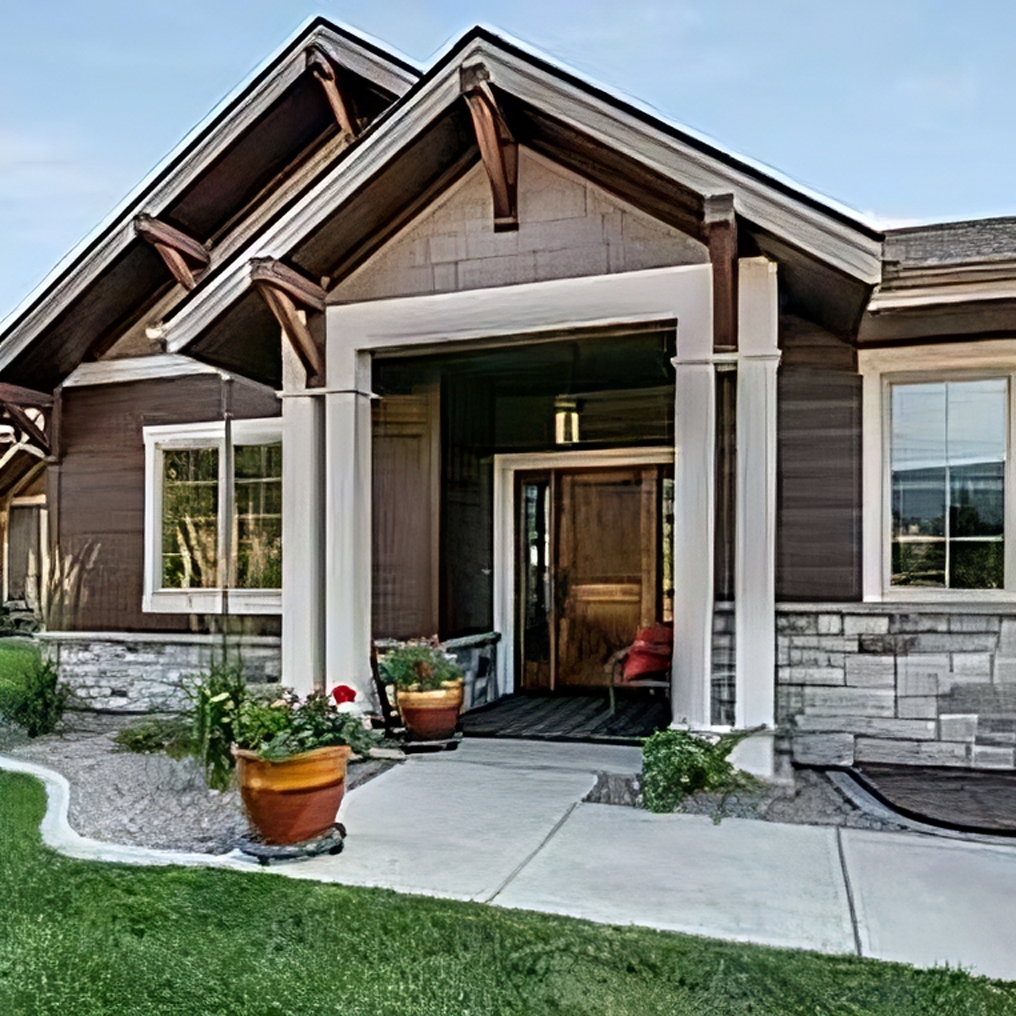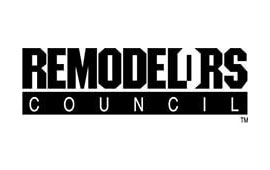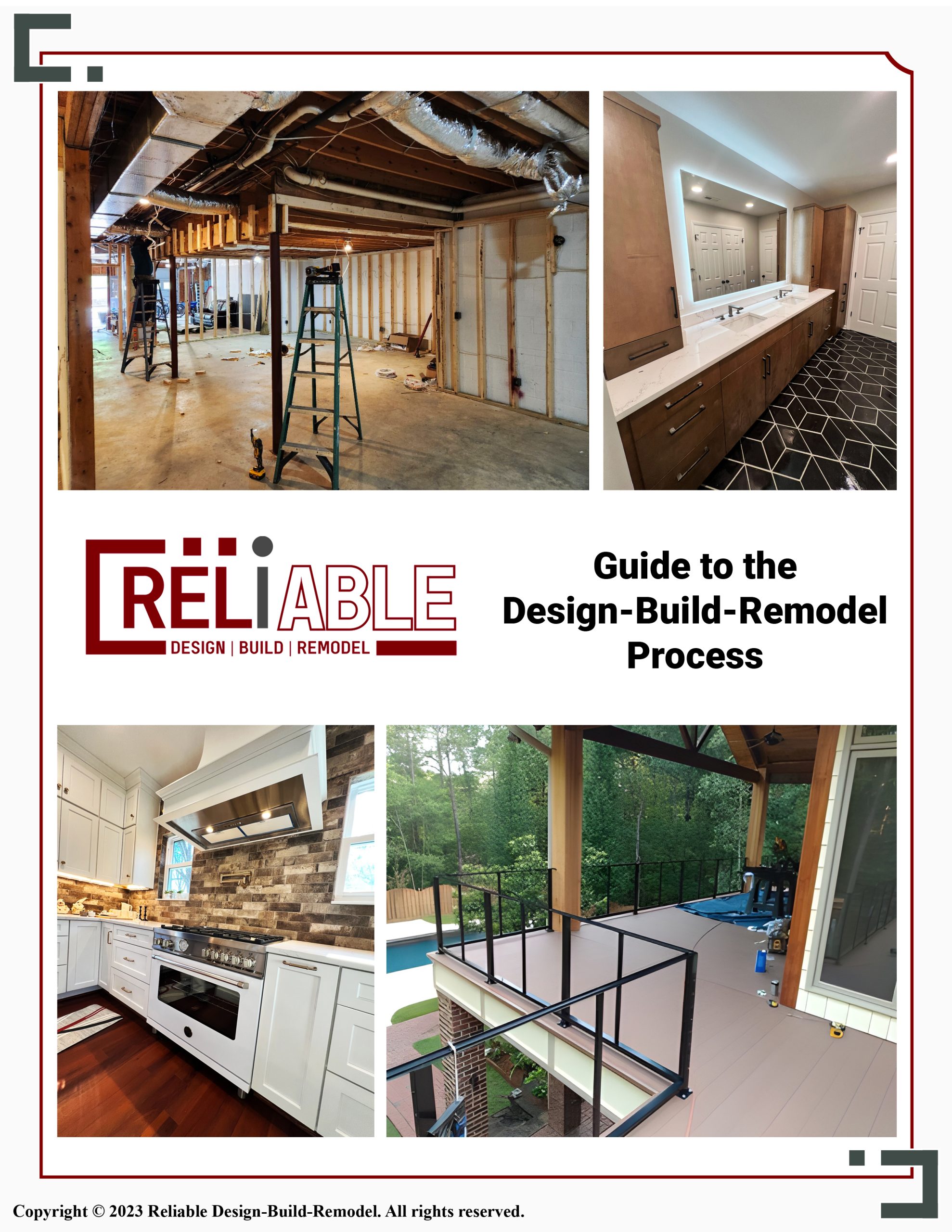If you’re considering a remodeling project, one of the critical elements to understand is the concept of a structural wall. But what exactly is a structural wall? Simply put, a structural wall, also known as a load-bearing wall, is integral to the stability of your home. It carries and distributes the weight from the roof and upper floors down to the foundation. Without structural walls, a building would not be able to support itself, leading to potential collapse. Understanding which walls are structural is crucial before making any modifications to your home.
What is the Difference Between Structural and Non-Structural Walls?

The key difference between structural and non-structural walls lies in their purpose and the role they play in a building’s integrity. Structural walls support the weight of the structure above them and are essential for maintaining the building’s stability. Non-structural walls, on the other hand, do not bear loads from above and are primarily used for dividing spaces. These walls, often referred to as partition walls, can be removed or altered without compromising the structural integrity of your home. When planning a remodel, identifying which walls are structural versus non-structural is vital to ensure safety and compliance with building codes.
How Do You Tell If a Wall is Structural in a House?
Identifying whether a wall is structural requires careful assessment. Typically, structural walls are perpendicular to floor joists or located directly above other structural walls or beams. In multi-story homes, structural walls often align from one floor to the next, extending down to the foundation. Additionally, walls that are central to the house’s layout or those that contain vital support elements like steel beams are likely to be structural. Consulting a professional contractor or structural engineer is always advisable, as they have the expertise to accurately determine which walls are load-bearing.

What Are the Three Types of Walls?
In residential construction, there are three primary types of walls: load-bearing walls, non-load-bearing walls, and shear walls. Load-bearing walls, as previously mentioned, support the weight of the structure above. Non-load-bearing walls, or partition walls, are used to divide spaces and do not support structural loads. Shear walls are specialized load-bearing walls designed to resist lateral forces caused by wind or seismic activity. These walls are crucial in areas prone to earthquakes or strong winds, providing additional stability and strength to the building’s structure.
How Much of a Load-Bearing Wall Can Be Removed?
Removing part of a load-bearing wall is possible but must be done with caution and proper support. The amount that can be removed depends on the overall structure and the specific wall’s role in bearing loads. Generally, sections can be removed if appropriate temporary support systems are installed during the modification, and permanent support such as beams or columns is added to carry the load. This process requires detailed planning and should always be overseen by a structural engineer or experienced contractor to ensure the building’s integrity is not compromised.
How Do You Know If You Can Knock Down a Wall?
Before knocking down any wall, it’s essential to determine whether it is structural. A thorough inspection by a qualified contractor or structural engineer will reveal this. They will examine the wall’s position, alignment with other structural elements, and its construction. If the wall is non-structural, it can typically be removed without issue. However, if the wall is structural, a detailed plan must be developed to ensure the building remains stable after its removal. This might include adding beams, posts, or other reinforcements. Always consult professionals before making any decisions about removing walls to ensure safety and compliance with local building codes.

Reliable Design-Build-Remodel is a full service general construction firm and remodeling contractor operating in the Birmingham metro and Jefferson and Shelby County areas and surrounding communities, including Birmingham, Helena, Chelsea, Mountain Brook, Hoover, Homewood, Montevallo, Alabaster, Vestavia Hills, and Pelham, with over 30 years of servicing our valued clients. Offering full service suite of general remodeling, design and build services. Our specialties include bathroom remodeling, kitchen remodeling, exterior renovations, interior renovations, painting, and more!
Visit us at reliablerem.com, and like and follow us on Facebook and Instagram!















